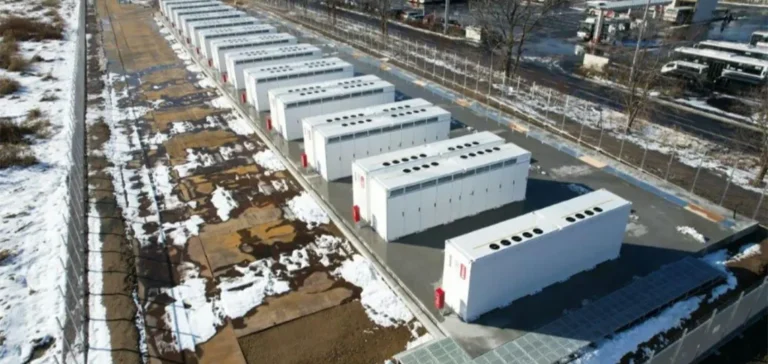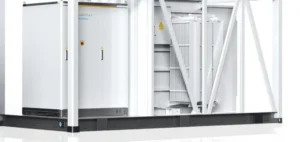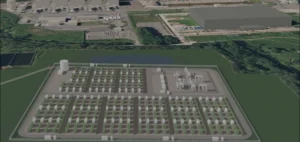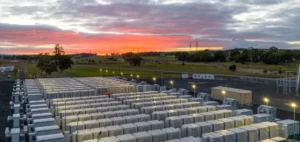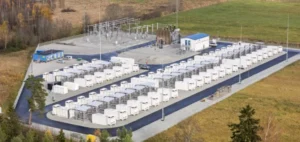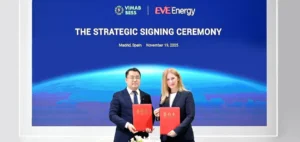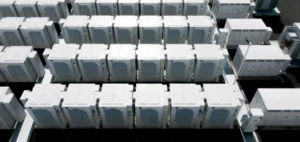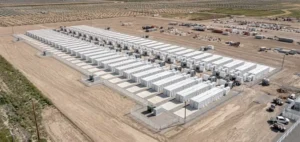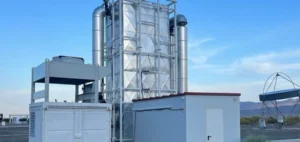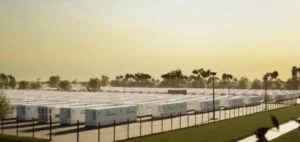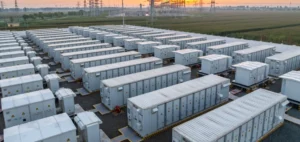European Union member states could save up to €103bn ($112bn) by 2040 if they promptly invest in long-duration energy storage solutions, according to a new study released by Hydrostor. The report highlights that this approach would reduce electricity grid expansion costs, prevent stranded fossil fuel assets and strengthen the continent’s energy security.
According to the analysis, the United Kingdom alone could reduce its expenditures by €35bn ($38bn) by 2050 through the large-scale deployment of storage projects with capacities exceeding eight hours. These figures are based on research conducted by LCP Delta on behalf of the UK government, assessing the strategic role of such installations in national energy planning.
Mechanisms to ensure project profitability
The report recommends three urgent measures to accelerate the integration of long-duration storage into the European energy strategy. It suggests including lifecycle costs of technologies in system modelling, setting procurement targets for each solution, and introducing remuneration mechanisms that guarantee revenue stability, such as cap-and-floor contracts.
The document also warns that without clear incentive policies, flexibility needs may be filled by new gas infrastructure. This would increase Europe’s energy dependency, expose markets to price volatility, and undermine carbon neutrality targets.
Storage capacity must double by 2030
The European Union will need to more than double its current storage capacity by 2030 to meet its energy transition goals. The continent, which already imports 58% of its energy, risks locking in new stranded assets if alternative solutions are not rapidly deployed at scale.
According to Hydrostor, each 500 MW advanced compressed air energy storage (A-CAES) project could enable 1.2 million people to shift off the gas grid. These infrastructures employ over 6,500 workers during construction and maintain 40 full-time jobs during their 50-year operational lifespan. The company reports more than 7 GW of early-stage projects under development across Australia, Canada, Europe and the United States.


